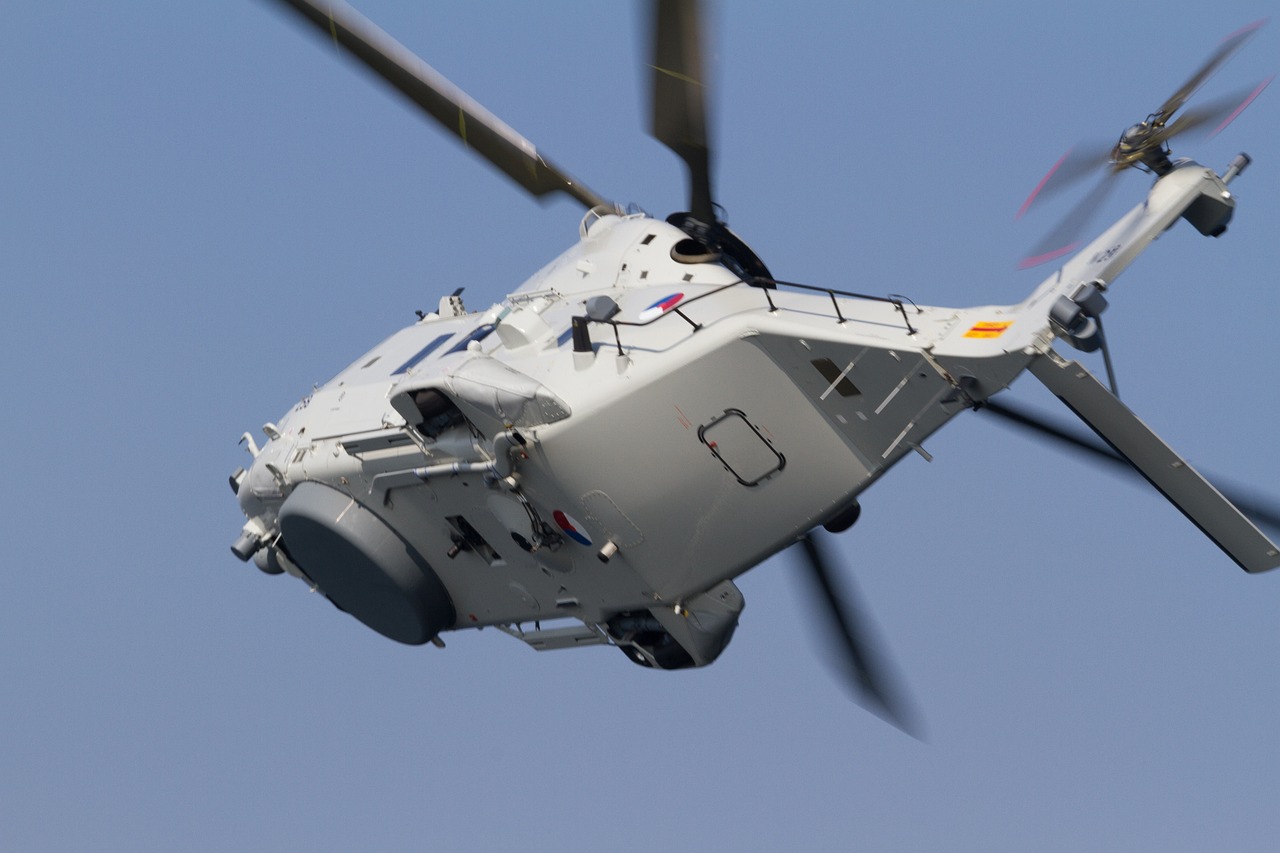Hydrological Monitoring Cross-section Reconstruction: Latest Norms and Standards
Hydrological monitoring is essential for sustainable water resource management. The reconstruction of cross-sections, which are used to measure and assess the state of surface water bodies, has recently undergone significant advancements. This article provides an overview of the latest norms and standards in cross-section reconstruction, including best practices, emerging technologies, and challenges. It also highlights the importance of accurate data collection and interpretation in improving water quality and quantity management.
In recent years, the importance of accurate and reliable hydrological data has been increasingly recognized, particularly in the context of climate change adaptation and water resources management. As a result, there has been a significant focus on improving the quality and consistency of hydrological monitoring practices, including the reconstruction of monitoring cross-sections. This article provides an overview of the latest standards and best practices in hydrological monitoring cross-section reconstruction, covering aspects such as design, construction, maintenance, and data management.

1. Design Considerations
The design of a hydrological monitoring cross-section is crucial to ensure the accuracy and reliability of data collected. The latest designs take into account several factors, including water flow patterns, sediment transport, and aquatic ecosystem health. Cross-section designs now incorporate features such as smooth transitions between different sections, minimized turbulence, and easy access for maintenance. Additionally, consideration is given to the type of data to be collected (e.g., flow velocity, water level, temperature) and the placement of monitoring equipment.
2. Construction Materials and Methods
The selection of construction materials and methods for a hydrological monitoring cross-section is equally important. Materials that are durable, resistant to corrosion, and able to withstand environmental conditions are preferred. In addition, construction methods should minimize disruption to the natural flow of water and sediment, preventing any distortion of data. Modern construction techniques, such as prefabrication and remote sensing technologies, are increasingly being used to streamline the construction process and reduce site disturbances.
3. Data Management and Analysis
The collection and management of hydrological data is an integral part of the monitoring process. High-quality data logging systems, remote sensing technologies, and automated monitoring devices have significantly improved data collection efficiency and accuracy. Standardized data management practices, including regular updates, backup systems, and secure storage, are essential to ensure the integrity of the data. Advanced data analysis techniques, such as statistical modeling and artificial intelligence-based methods, are being increasingly used to derive meaningful insights from the data, enabling better decision-making in water resources management.

4. Maintenance and Sustainability
Regular maintenance of hydrological monitoring cross-sections is crucial to ensure their long-term sustainability and the accuracy of data collection. This includes regular inspections for wear and tear, cleaning to prevent sedimentation, and calibration of monitoring equipment. The use of durable materials and energy-efficient technologies is also becoming increasingly important to reduce the environmental footprint of monitoring activities. Additionally, community engagement and education are essential in maintaining the integrity of the monitoring sites, as they contribute to preventing activities that may affect data quality, such as littering or unauthorized access.
Conclusion
In conclusion, the reconstruction of hydrological monitoring cross-sections is a complex but crucial task that requires careful consideration of design, construction, data management, and maintenance practices. The adoption of the latest norms and standards in these areas can significantly improve the quality and reliability of hydrological data collected, leading to better decision-making in water resources management and climate change adaptation efforts.
Articles related to the knowledge points of this article:
Hydrological Monitoring Reform: Importance and Challenges
The Yangtze River Hydrological Monitoring: Importance and Challenges
Title: Design and Implementation of a Hydrographic Pressure Monitoring System